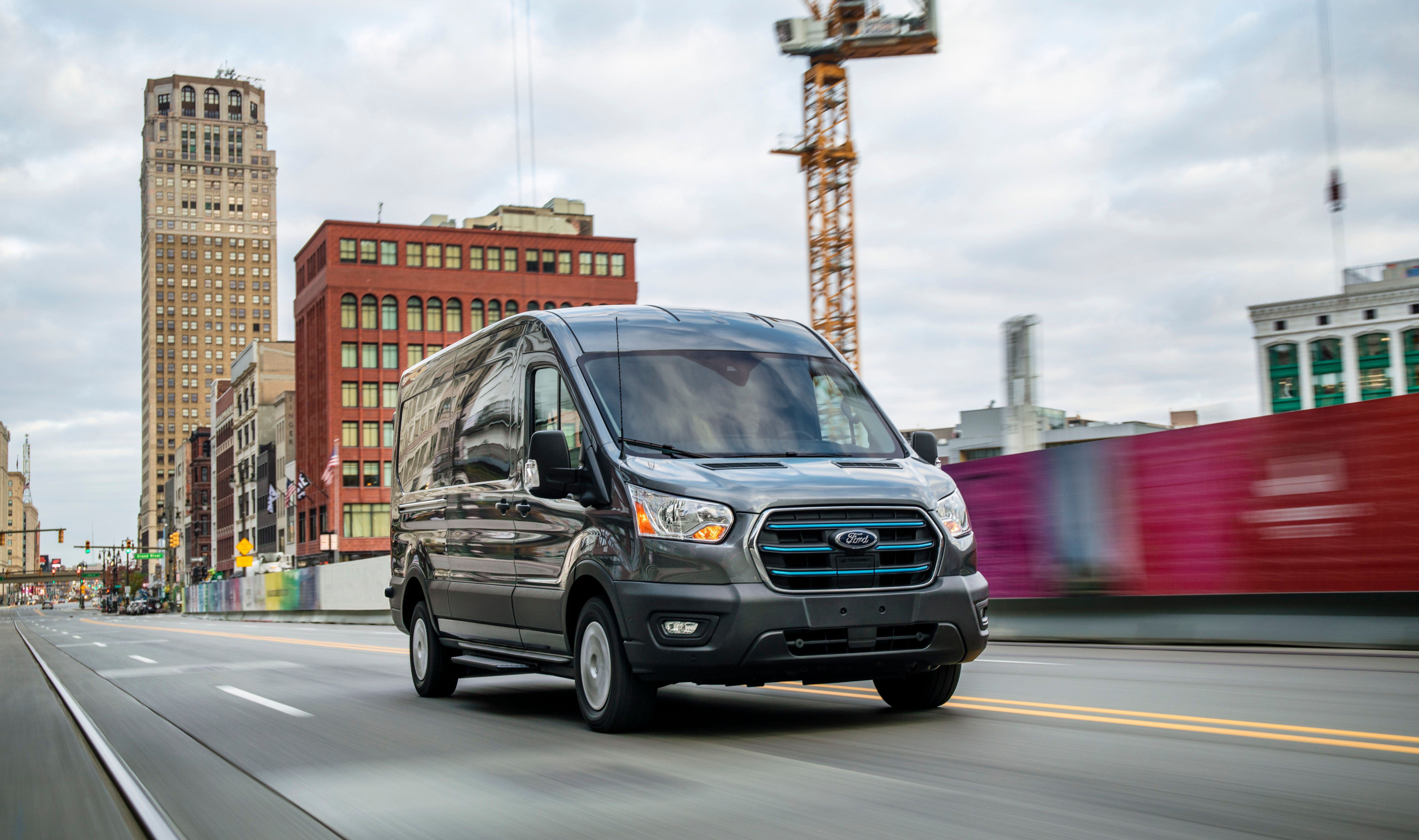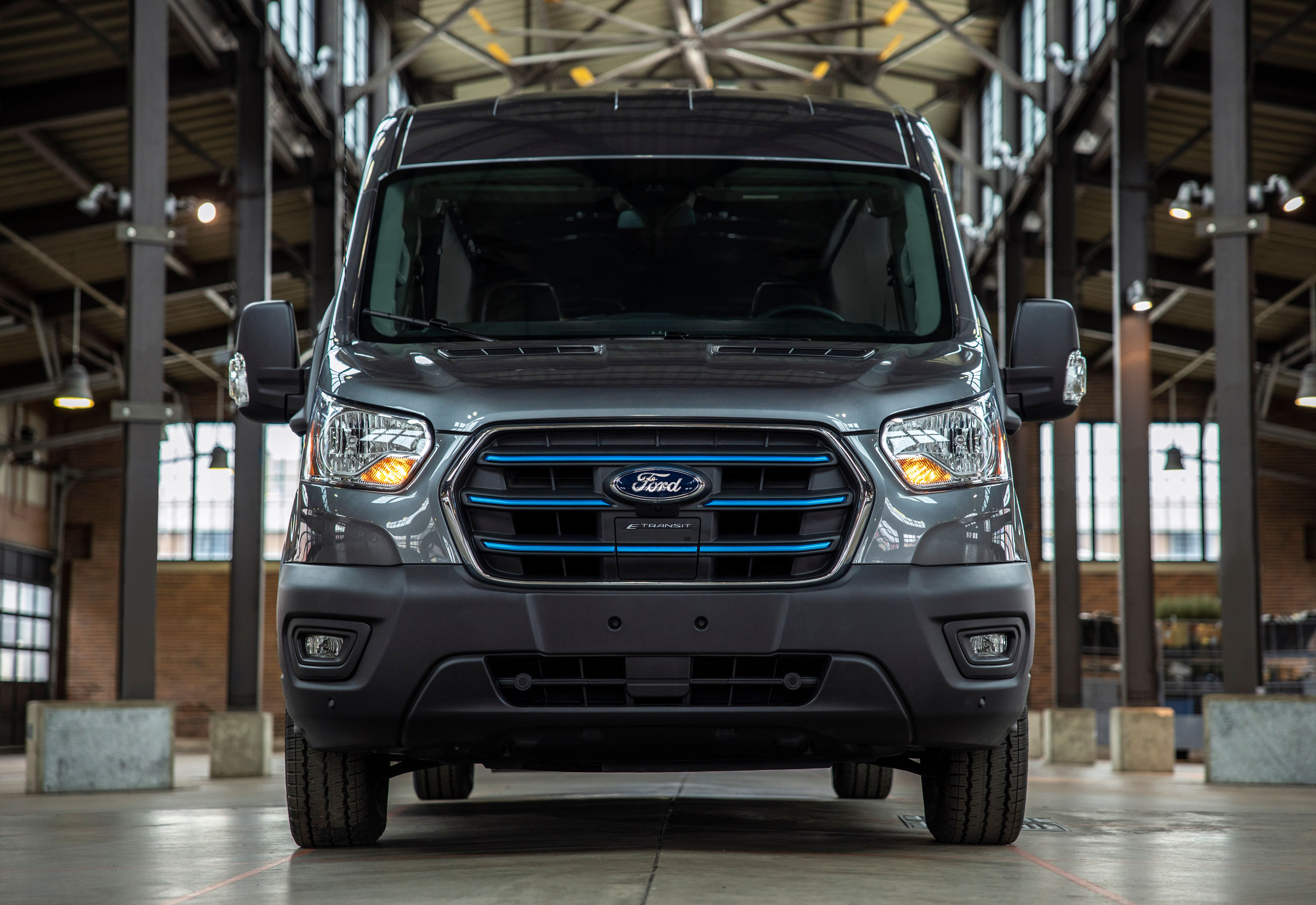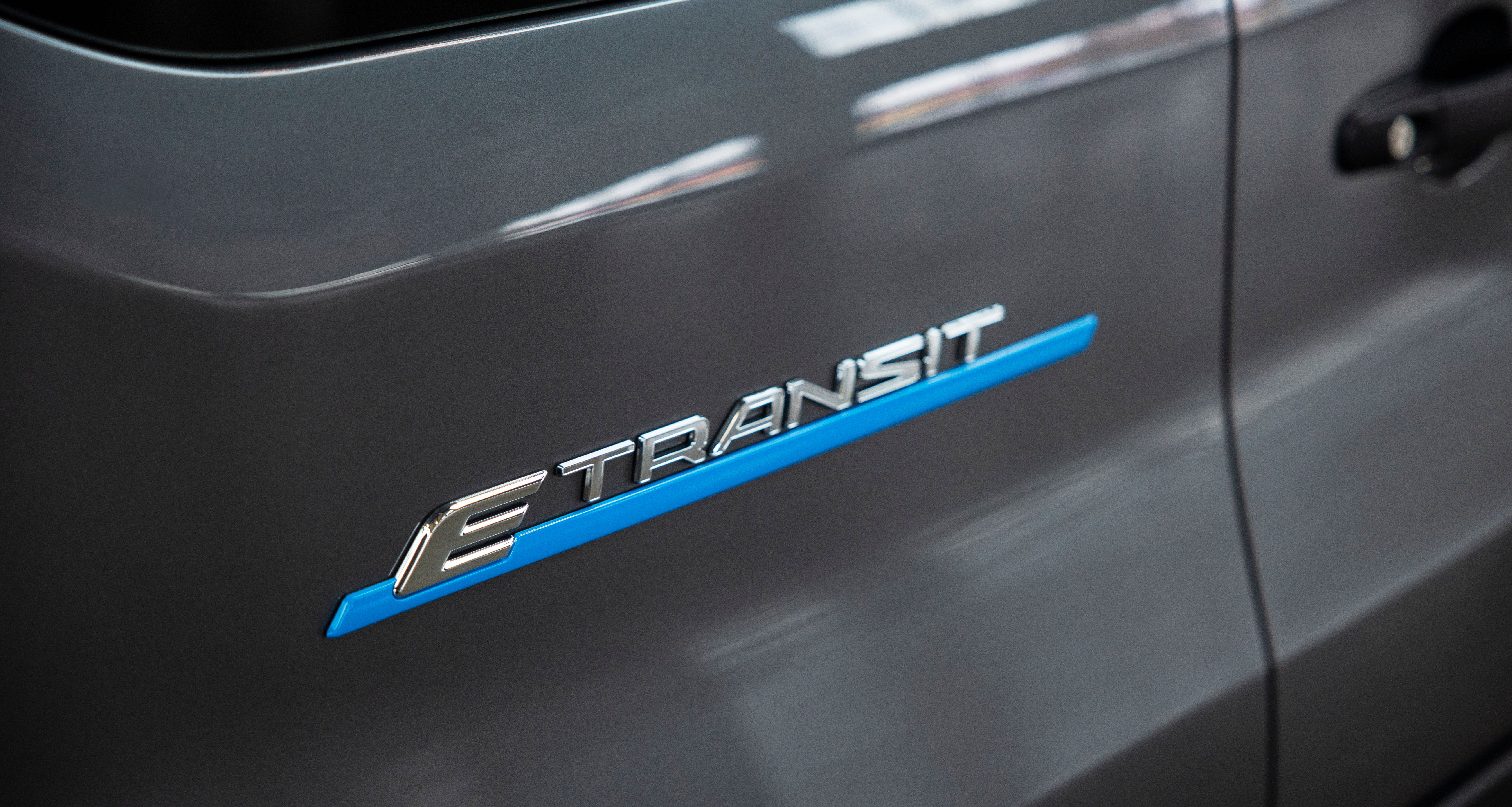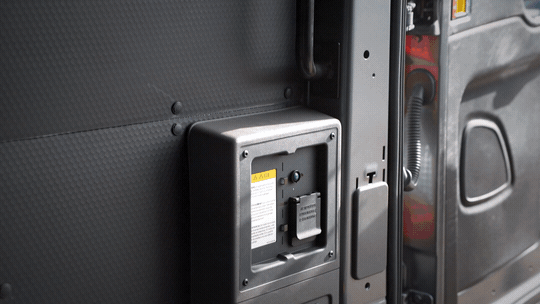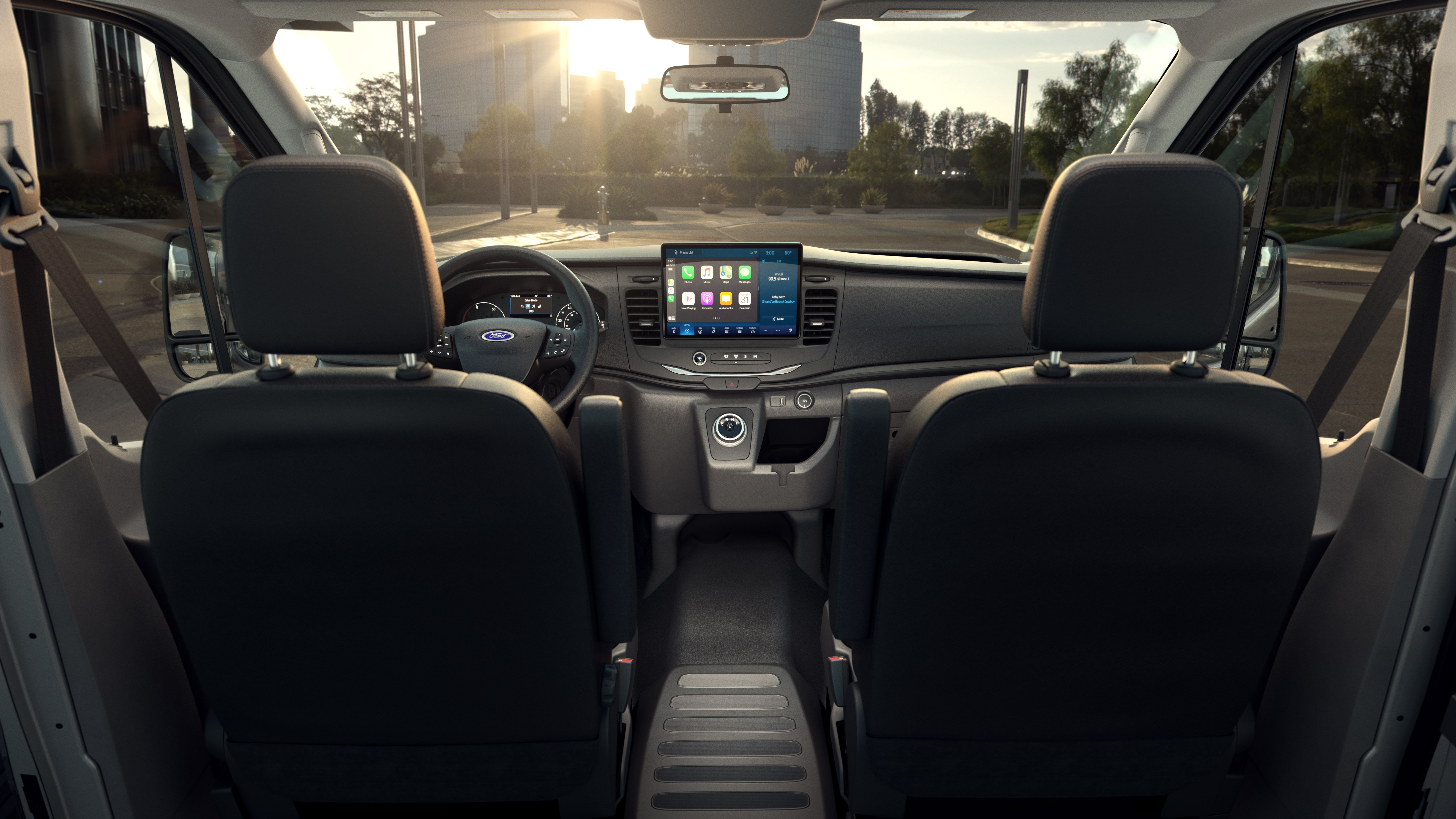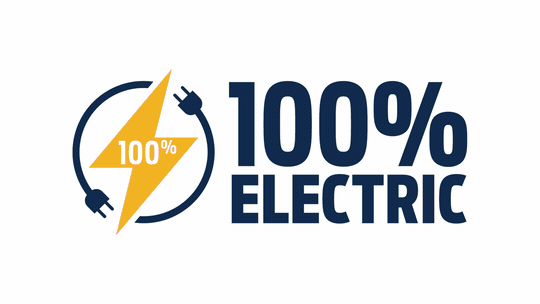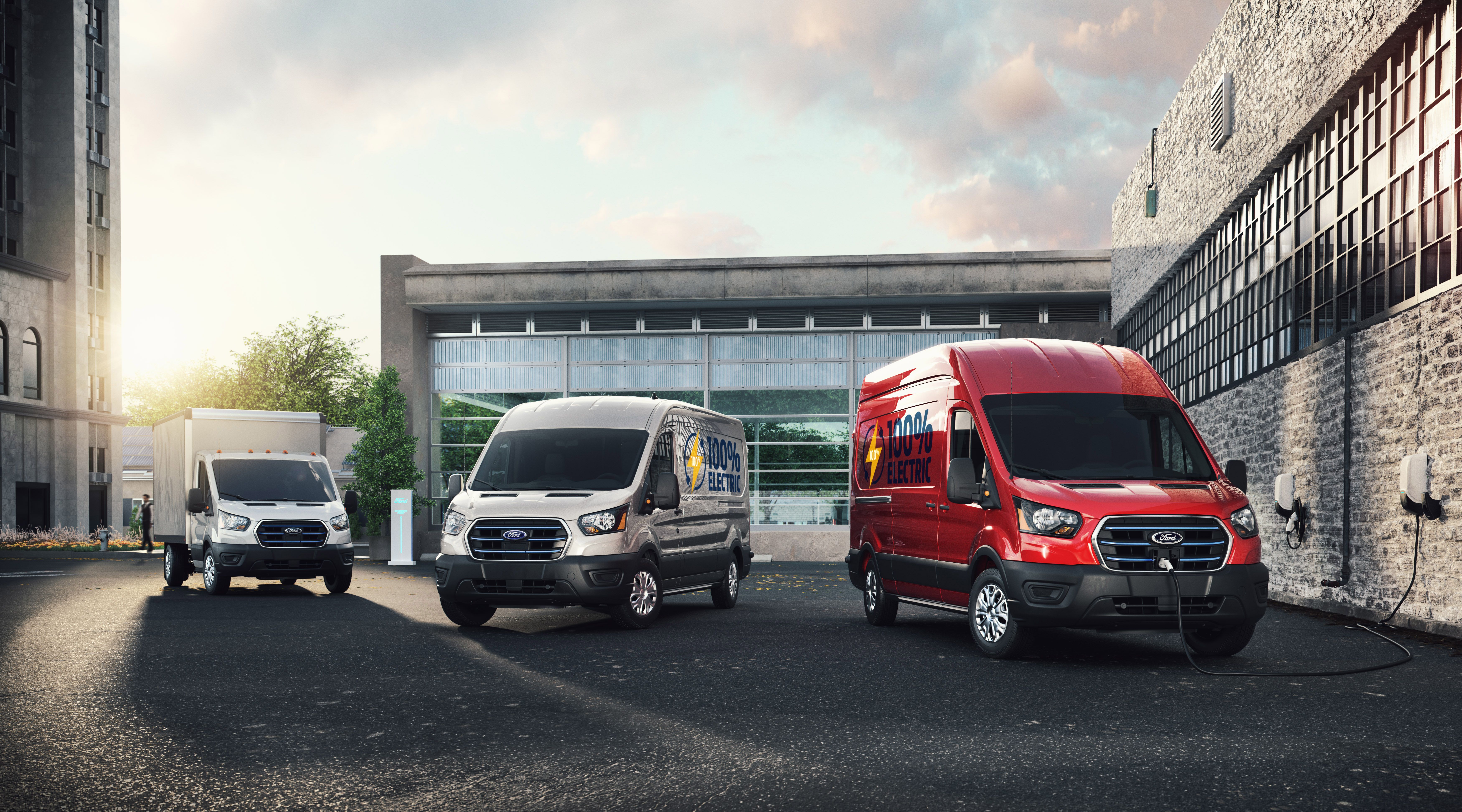In an interview recently, Ford’s CEO, Jim Farley said, “There's been a lot written about the electrification of our industry and Ford’s bet is different. We’re betting on a full lineup of commercial electrified vehicles.”
Well, it looks like the company has started its journey in the segment by unveiled the electric version of the world’s best-selling cargo van, the E-Transit. The van comes with connected services, an on-board generator, a range of 126 miles, and most importantly, a starting price of under $45,000. Will the E-Transit be as successful as the standard Transit?
What Makes The E-Transit Special?
Ford has gotten its priorities right and didn’t bother spending any resources on designing it aesthetically. It looks the same as the standard van and because Ford placed the batteries underneath the floor, it even has the same interior cargo dimensions and mounting points as the regular Transit. This means it is compatible with all the racks, bins, and accessories that are available for the gas-powered Transit.
The maximum payload rating is 3,800 pounds for all the configurations, except the cutaway version which can haul up to 4,290 pounds. The maximum space the E-Transit offers is 487.3 cubic feet on the high-roof, extended wheelbase version.
E-Transit Powertrain and Battery Specs
All the versions come with just one powertrain configuration – a rear-mounted electric motor that delivers 266 ponies and 317 pound-feet of torque. The E-Transit comes with a 67 kWh battery that is expected to deliver around 126 miles of range on the low-roof cargo model. It seems a little less on paper, but Ford says it has collected “insight from 30 million miles of customer telematics data to deliver the right amount of range based on fleet needs”.
The E-Transit comes standard with a Ford Mobile Charger that can be plugged into a 120-volt as well as a 240-volt outlet. In the case of the latter, it adds around 10 miles of range every hour. You can also buy a fast home charging solution called ‘Ford Connected Charge Station’ and it can fully charge the electric van in eight hours. When plugged into a 115-plus kW DC fast charger, the E-Transit can achieve 30 miles of range when plugged in for 10 minutes and 45 miles of range when plugged in for 15 minutes.
Another interesting feature here is the onboard generator that we saw on the 2021 F-150 called the Pro Power Onboard. It provides up to 2.4 kW of power and can be used to power tools and equipment on the job site.
Ford E-Transit specifications
|
Powertrain |
rear-mounted electric motor |
|---|---|
|
Horsepower |
266 HP |
|
Torque |
317 LB-FT |
|
Range |
126 miles |
|
Battery |
67 kWh |
The E-Transit Is High On Technology
Ford has added a host of connected services on the E-Transit. The van comes with a 12-inch touchscreen as standard. It runs on Ford’s SYNC4 system that comes with voice recognition and cloud-based navigation. Ford Co-Pilot 360 is also offered and it includes Intelligent Adaptive Cruise Control with Speed Sign Recognition and Intelligent Speed Assist. The E-Transit will come with standard and optional safety and driver-assistance technologies such as:
-* Lane-Keeping System
-* Pre-Collision Assist with Automatic Emergency Braking
-* Blind Spot Information System with Blind Spot Assist
-* 360-degree Camera
-* Reverse Brake Assist
Final Thoughts
This is approximately $10,000 more than the price of the internal combustion-engined Transit which starts at $34,510. The pricing is not too bad, and if there are federal tax credit benefits available when the van is launched, the price can slip down even further.
Ford is offering an eight-year/100,000-mile warranty on the E-Transit. Even the scheduled maintenance costs are expected to be 40-percent less than the standard Transit. Deliveries are not slated to begin until late 2021.
Do you think all the internal combustion-engined Transit customers will ‘TRANSITion’ to the electric van without much deliberation? Share your thoughts with us in the comments section below.

